west and soda
BRUNO BOZZETTO (1968)
final scene
UNDERGROUND LOVE.
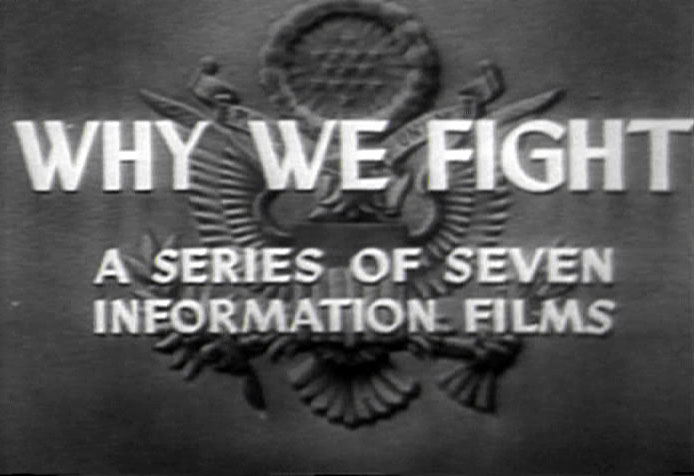
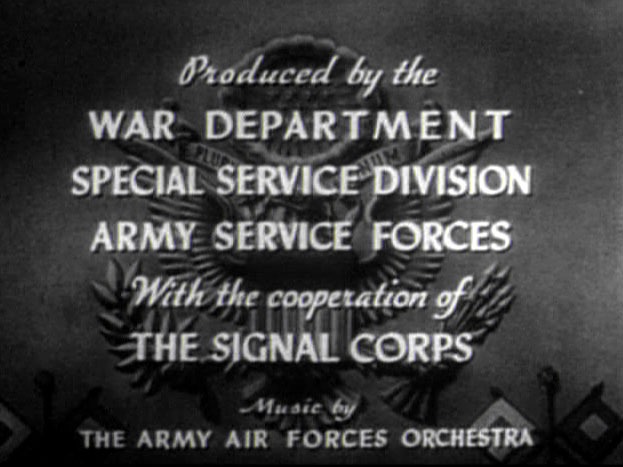
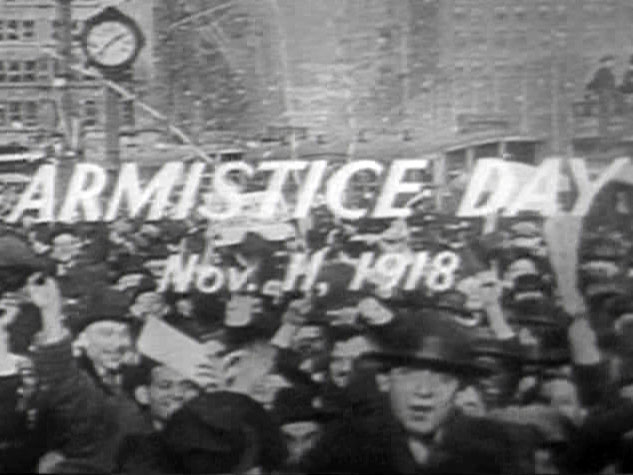
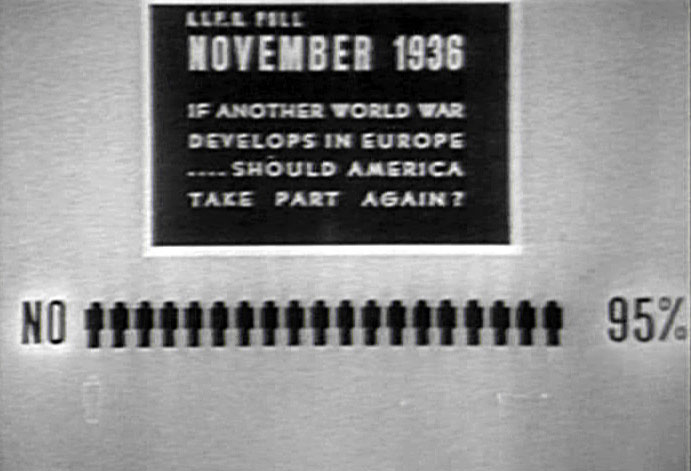
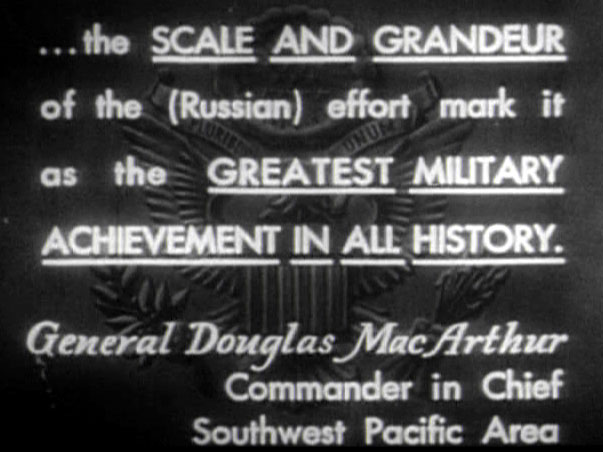
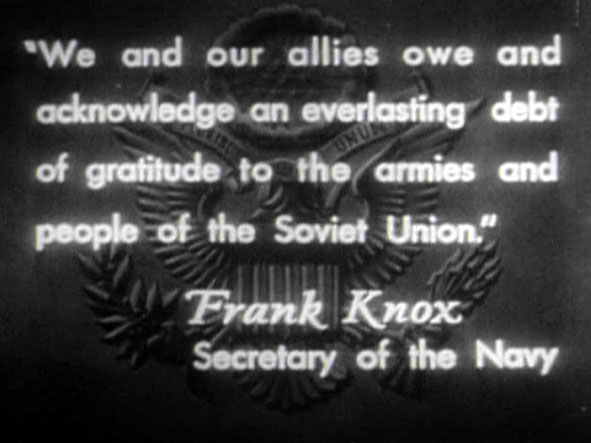
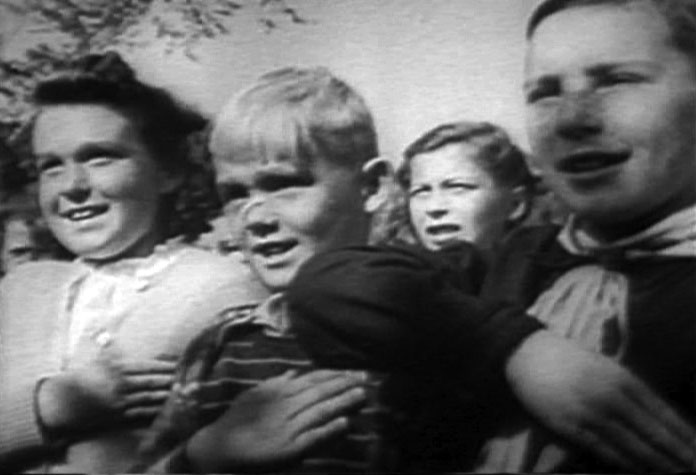
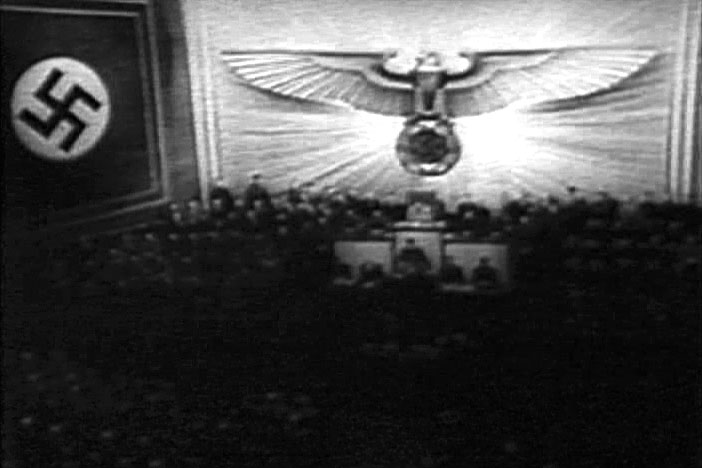
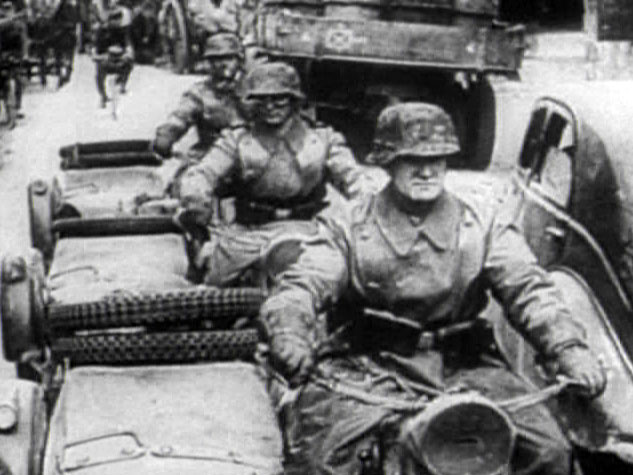
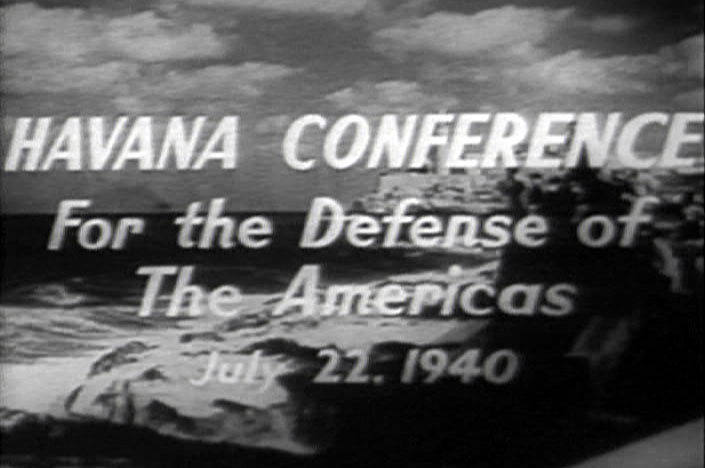
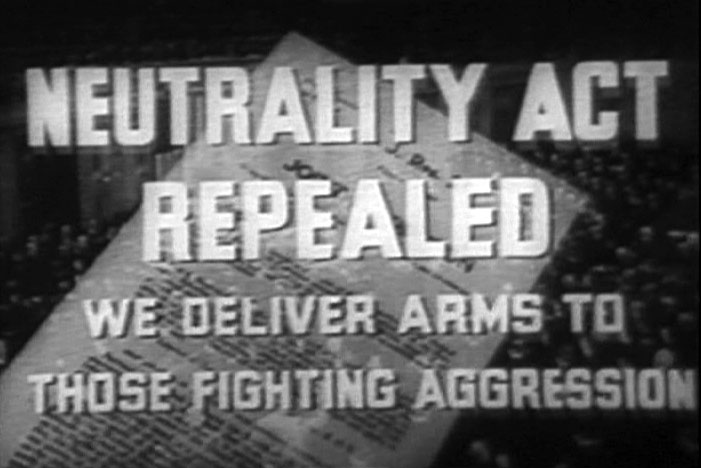
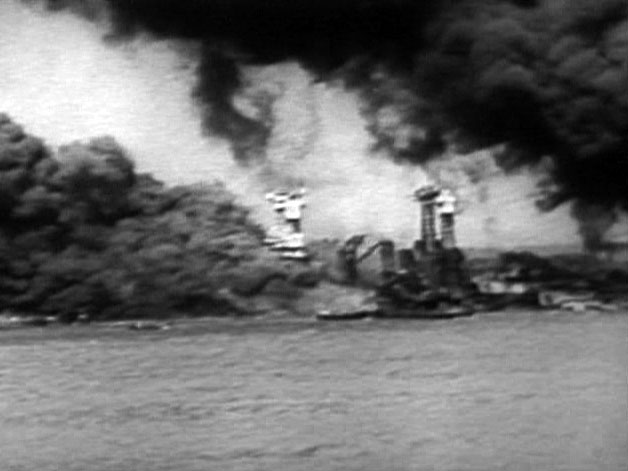
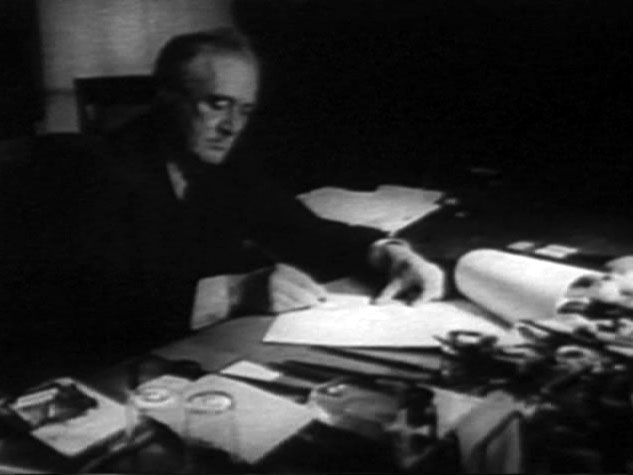
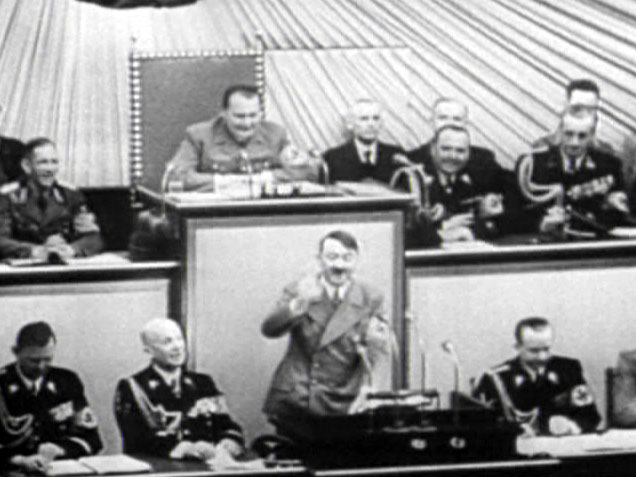
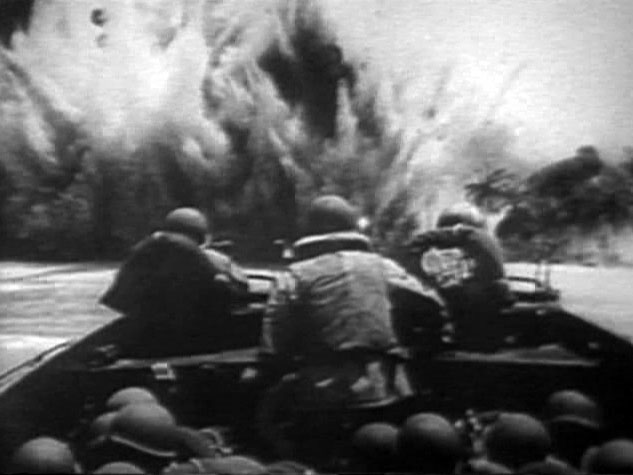
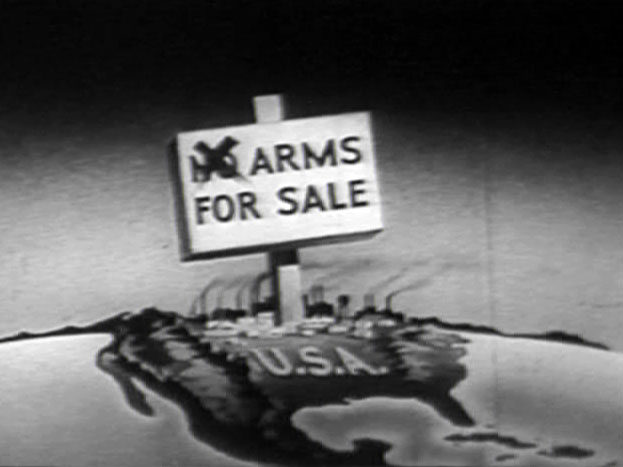
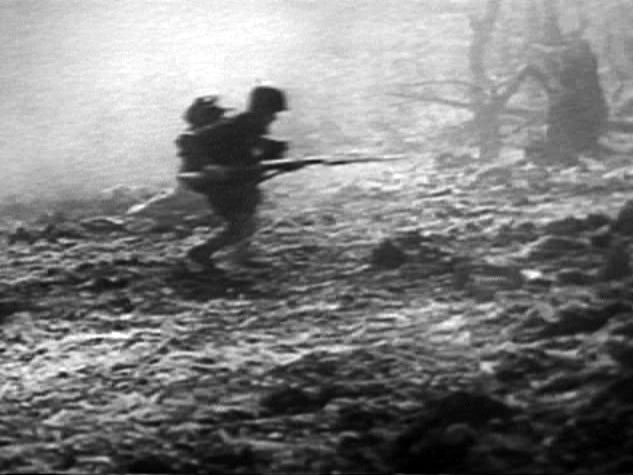
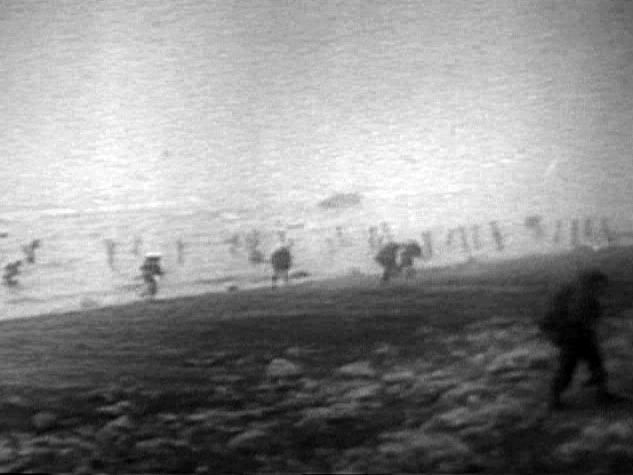
Obituary: Jean Rouch
THE CREATOR of at least 120 documentary films, all remarkable, the great French cineaste Jean Rouch and his works are known and appreciated by a select few among all the "fans" swarming to wallow in the latest trilogies of this and that. Though since my film-club youth I had always been enthusiastic about documentaries, it was not until June 1996 that I experienced the revelation of Rouch's incomparable cinematographic art at the Galerie du Jeu de Paume in Paris.
He was then in his 80th year, just one year older than myself, and this encounter with an unknown fellow spirit was one of the great events of my old age. The prospect of soon becoming an octogenarian filled me with excitement when I saw Jean Rouch's tall, upright figure and handsome face. It was the first of several sightings, mainly in the streets of Montparnasse and at the cafe known as Le Bal Bullier.
At the age of six, Jean was taken by his father, director of the Musee Oceanographique in Monaco, to a cinema in Brest showing Nanook of the North, Robert Flaherty's 1922 film about life in an Eskimo family. The next week, his mother took him to see Douglas Fairbanks as Robin Hood. The future film-maker was born under the twin stars of discovery and adventure.
In his youthful student days, back in Paris, he haunted cinemas and joined the circle of devotees organised by the future director of the Cinematheque Henri Langlois. However, in 1937 he entered L'Ecole des Ponts et Chaussees to train as a civil engineer. One year after the defeat of France in 1940, he managed to make his way to the West African state of Niger to construct roads and bridges.
It was there that he first succumbed to the fascination of traditional native rites. An elderly Sorko woman set out to purify the souls of 10 workmen struck by lightning - "a truly marvellous but horrifying ceremony", Rouch was later to recall -
and from that day on I realised that such an event could not be conveyed in writing or in photographs; it could only be captured on film, in colour and with sound.
In that great retrospective at the Jeu de Paume, I was entranced by the early works of what he called his "visual anthropology" from his first visionary masterpiece, paid for out of his own pocket, Au pays des mages noirs ("In the Land of the Black Seers", 1947), in which with a few friends he descends the Niger from its source to its magnificent espousals with the ocean.
By a miraculous concatenation of circumstances - through his fellow writer/ ethnologist Michel Leiris (whose L'Afrique fantome, 1934, had been an inspiration) and a joyous troupe of jazz fiends fired by black African rhythms - the film was brought to the bemused attention of the newsreel director of Actualites Francaises, who decided to schedule it, conditional upon the addition of commentary, music and the insertion of a few supernumerary indigenous animals, which gave what he considered was a suitably "colonialist" stamp of authority. The commentary was enthusiastically declaimed by the regular racing-cyclist authority on the Tour de France. Rouch rejected the result, though he accepted it as "a lesson in how not to approach the montage of a film".
His real entry upon the cinematic scene came one year later when Henri Langlois organised "A Festival of Forbidden Films" with the help of Jean Cocteau at Biarritz, where in 1949 the film that was awarded the Grand Prix du Documentaire was Rouch's ultra-realistic La Circoncision ("The Circumcision"), along with his Initiation a la Danse des Possedes ("Initiation to the Dance of the Possessed"). Rouch then composed a thesis on rituals of possession to accompany his film Les Maitres fous ("Masters of Madness", 1955), which was severely criticised for its "lack of objectivity" by certain academic ethnographers.
He was just as disrespectful of the current views of what "quality French cinema" should be with his preceding masterpieces Yenendi: les hommes qui font la pluie (Rainmakers, 1951), Cimetiere dans la falaise ("Cliff Cemetery", 1951), and Batailles sur le grand fleuve ("Battles on the Big River", 1950) - all three of which were later combined into a full-length feature entitled Les Fils de l'eau (The Sons of Water, 1958).
Jean Rouch's fame was spreading among film fanatics after he received the Venice Festival Grand Prix in 1957 for Les Maitres fous. In 1958, inspired partly by Jean Genet's 1958 play Les Negres, he made Moi, un noir (I, a Negro, 1958), which won the Louis Delluc Prize. His work had already attracted the young intellectuals and influenced the first films of the nouvelle vague including some who were to achieve fame and fortune - Claude Chabrol, Jean-Luc Godard, who was the first to welcome him to the select band of the New Wave film-makers, and the philosopher Gilles Deleuze.
"Cinema verite" was one of the terms used to express the realism of "cinema truth", a term invented by Rouch himself. It reached its full expression in a film he made in collaboration with the young sociologist Edgar Morin in 1960, Chronique d'un ete (Chronicle of a Summer, 1961), a work of radical originality set in the period of Algerian decolonisation and created entirely in the streets of Paris by means of a hand-held camera with synchronised sound. New technology had made cinema verite more than ever true to the truth.
Jean Rouch at 86 had lost some of his youthful energy but none of his wit and enthusiasm. With another great film-maker still not subdued by the constraints of old age, the veteran Portuguese master Manoel de Oliveira (a Firbankian nonagenarian), he made a film in Oporto centred on that city's Pont Eiffel, based on a poem d'Oliveira had written as a script.
En une poignee de mains amies ("In a Fistful of Friendly Hands", 1997) was a symbolic return to his first employment as a builder of bridges - he who built bridges of the creative spirit between blacks and whites all over the world. And whose final bridge was crossed in a car crash in the night in his preferred province, Niger.
Jean Pierre Rouch, ethnologist and film-maker: born Paris 31 May 1917; Director of Research, Centre National de la Recherche Scientifique 1966- 86; General Secretary, Cinematheque Francaise 1985- 86, President 1987- 91; married 1952 Jane George (deceased), 2002 Jocelyne Lamothe; died Konni, Niger 18 February 2004.
Copyright 2004 Independent Newspapers UK Limited

Too Many Daddies, Mommies and Babies: Clip from Gabriel Abrantes on Vimeo.
Big Ideas (don't get any) from James Houston on Vimeo.
34ST NYC BUSKERS retrata performers de rua tocando no metro e ruas de Nova york.
Mostra a beleza destes momentos em que se quebra a rotina citadina. Vemos o encontro inesperado dos transeuntes com a Arte dos músicos profissionais e amadores que escolhem partilhar-se. Pessoas dispostas ao encontro e à troca, música por trocos, sorrisos por sorrisos, esforço por reconhecimento.
A recepção dos transeuntes varia, este filme permite amplificá-la. Por aqui chega ao espectador Nova Iorque num dos pormenores que define a sua essência.
34ST NYC Buskers from chico PERES on Vimeo.
Nota de intenções
Este filme é o meu olhar sobre Músicos de Rua (Buskers), contemplo a musica focando-me na relação espectador/performer.
A monotonia da cidade vista através do olhar do musico que trabalha tocando em troca de esmola ou apenas de um sorriso.
Os Músicos de Rua como protagonistas deste filme, conseguem através da sua musica, criar um ambiente hipnótico que acalma e trás um pouco de cor ao dia dos habitantes da cidade que se deixam render.
A minha intenção ao fazer este filme é a de poder fazer um objecto audiovisual que possa ser visto por qualquer pessoa de qualquer idade, onde me proponho a partilhar a experiência de percorrer um caminho onde diferentes músicos, sem preconceitos ou pretensiosismo, nos vão oferecendo a sua musica apenas pelo prazer da partilha sincera da sua Arte com qualquer tipo de receptor/espectador.
Directors Statement
This film is my point of view of the 34ST NYC Buskers,
I explore the theme by focusing on the relationship spectator / performer.
We see the monotony of the city through the eyes of the working musician playing for charity or just a smile.
The protagonists of this film are the Buskers, who get through their days creating a hypnotic atmosphere, a soothing and colourful moment in the day of city residents that choose to surrender to this instantaneous beauty.
My intention with this film is to make an audio-visual object viewed by anyone of any age. My propose is to share a journey’s experience, a path with different musicians trading their music just for the sincere pleasure of sharing their Art with all receivers / viewers.


Röyksopp - The Drug from thatgo on Vimeo.
Soundwalkers from raquel castro on Vimeo.

ARTIST'S STATEMENT:
In my work, an endless chain of new images, relationships, memories, experiences, and associations can be generated from a central image, object, or place. I look, read, observe, or remember from a personal perspective that filters and processes information, dissects relationships of parts to the whole, encodes layers of meaning and representation. Perception is a tool. Collecting, searching, listening, documenting experiences, discovering alternate viewings and readings of the familiar, responding with curiosity about the unfamiliar, revealing or imposing layers of information, and taking the risks that come with creative thought expand the process. Much of this process is keenly, obsessively analytical and objective, but it is also combined with the seemingly opposite strategy of applying intuition, chance, and improvisation.
There is even more, especially an eagerness to experiment. I like to organize space and time that draws from my interest and experience (and often concurrent work) in painting, drawing, photography, installation art, sound, filmmaking, and digital media. I attempt to create works that can only be created in the media of choice. There are critical reasons to explore an idea in a static composition (photograph, drawing, painting), or in a temporal one (sound, computer/film animation, film, video). In the end, the work, thinking and creative process are orchestrated by an eccentric drive to examine what I experience, and a personal need to shape form, space, and time – and make things. I also learn from looking at the things I make, collect, or document. Often time, an exhibition context, or work on a new project reveals new layers of meaning in an earlier work. Certain deliberate visual strategies also evolve. I often create complex abstract spaces that grow and expand from a figurative "anchor" image, sounds, or object. Some "anchors" have become thematic motifs in my work (I often use chairs to give viewers a reference point for human scale). There is an interest in collage, in juxtaposition, and in creating vivid, if often physically impossible relationships and situations. I've always focused on creating delicate balances between figurative and abstract representation that sometimes erupt into tense collisions, and at other times relax into lyrical harmony. There are other influences or models at work: semiotics, early Russian formalist cinema, Cubist cinema, principles of synesthesia, Oscar Fischinger, Hans Richter, cultural contexts and foreign environments, novels, pop culture, and more.
Whether an encounter with one of my works is an intense bombardment, an investigation of rational or seemingly irrational complexity, or an entry into an environment that is both alien and familiar, I hope that the work is challenging, playful, and indeed a visual and aural experience unique to the work and its medium.








Once more, but in a different sense, filmmaking has to go underground, disperse itself, make itself invisible... Only by turning itself into "writing" in the largest possible sense can film preserve itself (as Harun Farocki calls) "a form of intelligence."
Thomas Elsaesser
THE ROAD OF EXCESS LEADS TO THE PALACE OF WISDOM.
William Blake






